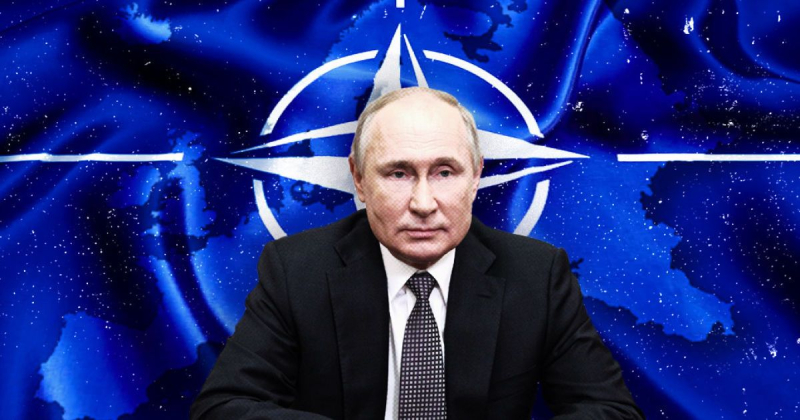The Norwegian Minister of Defense compared the capabilities of NATO member countries and Russia.

Russian President Vladimir Putin will try to attack NATO countries even as Russia is weakened by the war in Ukraine. He is using the so-called “salami” tactics – he will test the Alliance member countries through hybrid methods, cyber attacks, as is already happening now, and also threaten underwater infrastructure.
Norwegian Defense Minister Tore Onshuus Sandvik commented on the situation to Telegraph as follows.
“He will try,” Tore Ånshuus Sandvik responded to a question from a journalist about Putin's intentions regarding NATO countries.
At the same time, Tore Ånshuus Sandvik noted that NATO is “significantly, significantly, significantly stronger than Putin.”
“He (Putin – ed.) has nuclear capabilities, but he does not have the multi-domain capabilities that NATO has, and he does not have the fifth-generation capabilities that the North Atlantic Alliance has. You recently saw in Iran what fifth-generation technologies are capable of,” the minister said.
The Russians won't see F-35s or bombers approaching, he said.
“They are invisible to them. Because we are much stronger both in the air and in the multi-domain dimension. But (Putin – ed.) will try, and will do it using salami tactics. He will test us – through hybrid methods, through attacks in cyberspace, as is already happening now. He will threaten underwater infrastructure,” the minister explained.
According to the Norwegian Defense Minister, now is the time to take action and monitor the energy sector, because Putin is an energy expert. He knows everything about energy markets, especially oil and gas.
“And we depend on this much more than we realize. He will try to manipulate the energy systems,” said Norway's defense minister.
He suggested that this would be the last line before outright war or an attempt to test NATO by attacking and questioning NATO's Article 5 on collective defense.
He noted that this is why it is so important to reach 5%, to strengthen the resilience of civil societies in the Alliance member countries, and to demonstrate military capability and show that if he tries to challenge us militarily, we will respond with all means.
Let us recall that at the NATO summit in The Hague, the leaders of member countries agreed to an annual increase in defense spending to 5% of GDP.
Expenditures will be divided into the following categories: 3.5% of GDP annually for core defence needs according to agreed NATO standards, and up to 1.5% of GDP annually for ensuring the protection of critical infrastructure, cyber networks, etc.
Read also

